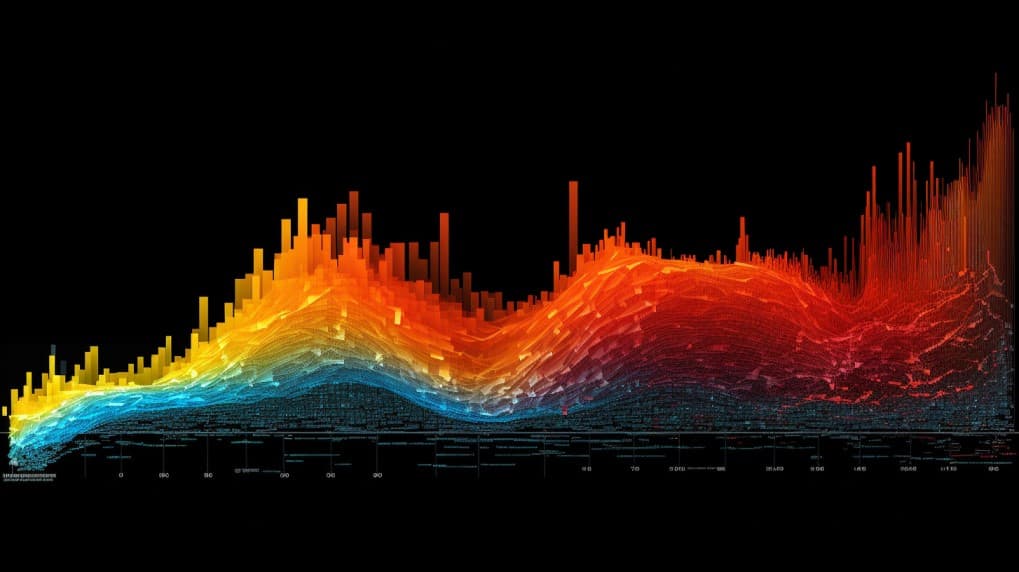
What is the RDOG ETF ?
In the world of finance, Exchange-Traded Funds (ETFs) have gained immense popularity due to their flexibility and diversification benefits. One such ETF that has garnered attention is the RDOG ETF. In this article, we will take a comprehensive look at the RDOG ETF, understanding its underlying index, benefits, and considerations before investing.
RDOG ETF : Overview
The RDOG ETF, also known as the Dividend Dogs ETF, aims to replicate the performance of the Underlying Index as closely as possible, before fees and expenses. The Underlying Index is a rules-based index designed to track the overall performance of the highest dividend-paying Real Estate Investment Trusts (REITs) known as "Dividend Dogs" in the S-Network® Composite US REIT Index. The S-Net U.S. REIT comprises mainly REITs listed in the United States on a segment-by-segment basis.
RDOG ETF Underlying and Exposure: What Does It Track and How?
The RDOG ETF invests at least 90% of its total assets in common stocks and other equity securities, including REITs, American depositary receipts (ADRs), American depositary shares (ADSs), and global depositary receipts (GDRs), which are part of the Underlying Index. The index consists of 45 REITs divided into nine segments, eight of which are based on Global Industry Classification Standard (GICS) Sub-Industries, excluding Technology REITs involved in cell towers and/or data centers, and a separate Technology REIT segment based on the research of the Index Provider.
The Underlying Index selects individual securities within each segment based on a ranking system that considers the top five REITs with the highest indicated dividend yield as of the last trading day of November. These REITs must also have funds from operations per share greater than their trailing-12-month dividends per share. The eligible REITs included in the Underlying Index's portfolio are equally weighted.
 RDOG overlap What is the RDOG ETF ?
RDOG overlap What is the RDOG ETF ?
RDOG ETF : Benefits to Invest in this ETF
Investing in the RDOG ETF offers several advantages for investors seeking exposure to the real estate sector through dividend-paying REITs. Some of the benefits include:
Diversification: By investing in a single ETF, investors gain exposure to a diversified basket of REITs from various segments, reducing single-stock risk.
Dividend Income: The RDOG ETF targets dividend dogs, which are high dividend-yielding REITs. This provides potential income opportunities for income-focused investors.
Cost-Effectiveness: ETFs generally have lower expense ratios compared to actively managed funds, making them a cost-effective investment option.
Liquidity and Tradability: Being listed and traded on stock exchanges, ETFs offer high liquidity and can be bought or sold throughout the trading day.
RDOG ETF : Considerations Before Investing
While the RDOG ETF has its merits, potential investors should also be aware of certain considerations before making investment decisions:
Market Risks: Like any investment, the value of the RDOG ETF can fluctuate with market conditions, and investors may experience gains or losses.
Sector Concentration: The RDOG ETF focuses on the real estate sector, which can be affected by economic trends, interest rates, and regulatory changes.
Dividend Risks: High dividend yields may not always be sustainable and can fluctuate based on the financial performance of the underlying REITs.
Expenses: Investors should carefully review the expense ratio and other fees associated with the ETF to assess its impact on returns.
Conclusion:
The RDOG ETF, or Dividend Dogs ETF, offers investors exposure to a diversified portfolio of high dividend-paying REITs. Understanding its underlying index, benefits, and considerations can help investors make informed decisions that align with their financial goals and risk tolerance. As with any investment, conducting thorough research and seeking advice from a financial professional is recommended before investing.
Disclaimer: This article is for informational purposes only and does not provide any investment advisory services.
RDOG ETF issuer
RDOG ETF official page
RDOG quote and analysis
Discover the top holdings, correlations, and overlaps of ETFs using our visualization tool.
Our app allows you to build and track your portfolio.
To learn more about the RDOG ALPS REIT Dividend Dogs ETF, access our dedicated page now.
FAQ
What is the RDOG ETF?
The RDOG ETF, also known as the "Tortoise Global Water ESG Fund," is an exchange-traded fund that aims to track the performance of the Tortoise Global Water ESG Index. This index includes companies engaged in the water infrastructure or water management industries globally.
What industries does the RDOG ETF focus on?
The RDOG ETF focuses on companies in the water infrastructure or water equipment and/or services industries. Water infrastructure companies provide public water distribution or support water distribution infrastructure through engineering and construction. Water equipment and/or services companies produce water-related equipment or offer services such as water filtration and treatment.
What are the criteria for company inclusion in the RDOG ETF?
To be included in the RDOG ETF, a company must meet certain criteria. It must derive at least 50% of its revenues from the water industries, or if it derives at least 40% of its revenues from the water industries, it should rank among the top five companies by total revenue in any one of the water sub-industries.
How does the RDOG ETF maintain its focus on Environmental, Social, and Governance (ESG) factors?
The RDOG ETF employs an ESG Risk Rating system provided by Sustainalytics, a global ESG research provider. Companies included in the ETF must meet the required ESG Risk Rating criteria set forth by the Underlying Index methodology, ensuring a focus on companies with lower unmanaged ESG risks.
How often does the RDOG ETF rebalance its holdings?
The RDOG ETF rebalances its holdings quarterly in March, June, September, and December. New constituents are not added between rebalance dates.